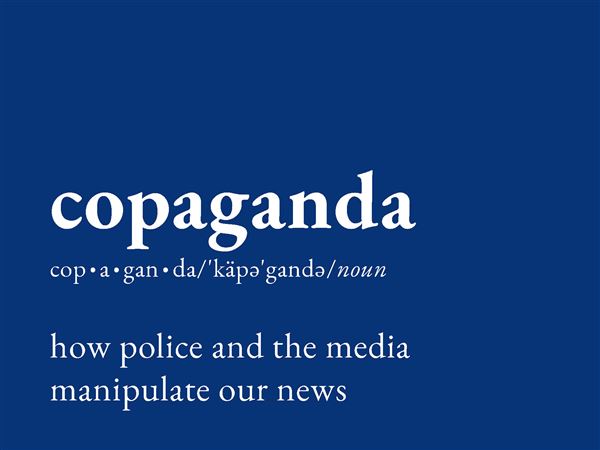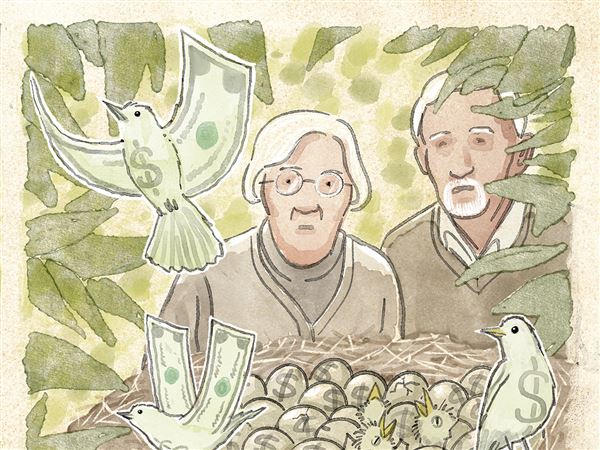Tapping Americans' frustration, a new Web site from an affiliate of the AFL-CIO has become a wasteland of health-care stories.
The "Health Care Hustle" Web site invites readers to submit their stories of being broken down and bruised by the health-care system. The site (www.workingamerica.org
/healthcarehustle), which opened to the public yesterday and to members last week, already has attracted more than 500 responses.
"People in this country are distraught over the broken health-care system and can't understand why it only gets worse year after year," said Karen Nussbaum, director of Working America, a community affiliate of the AFL-CIO that represents about 1.5 million Americans who are not part of labor unions.
The idea for the Web site came in part from a similar reader-driven site that Working America launched in June. That site, which invited readers to submit tales of "bad bosses," drew thousands of tales about unsavory supervisors.
But while the bad bosses anecdotes were often humorous, the "Health Care Hustle" stories tell of frustration and hopelessness.
"I'm now employed part time at $6 less an hour and pay $400 a month for my COBRA," said one respondent. (COBRA allows workers and families to temporarily extend health-care benefits when they lose coverage).
"I am a fairly healthy 55 year old woman, but the private health insurance payments are far more than I can handle," said another.
The site also encourages users to send automated messages to "greedy corporations," the Pharmaceutical Research and Manufacturers of America, the insurance industry and the Bush administration. Working America plans to launch a major campaign against the "evildoer" who receives the most votes against it, said Ms. Nussbaum.
The site is just the latest in a string of efforts from the labor movement to advocate for a universal health-care system. Last month, Wal-Mart Chief Executive Officer H. Lee Scott and Service Employees International Union President Andrew Stern appeared jointly at a news conference calling for universal health care.
Health care is "the single greatest stumbling block to the maintenance of [unions'] current standards," said Nelson Lichtenstein, a professor of labor history at the University of California-Santa Barbara.
"SEIU and the other unions see it as the one thing that every worker wants. Every time the unions concede something on health care, workers ask 'What the hell are unions for?' "
Unions also are growing in their sophistication of using creative media campaigns to get their message across. In addition to the reader-driven Web sites, unions have launched national public relations campaigns against Wal-Mart and held civil disobedience demonstrations to force large businesses to accept union recognition through "card checks" instead of secret ballots.
Federal statistics released this month show national union membership for 2006 at 12 percent of wage and salary workers, down from 12.5 percent in 2005 and 20.1 percent in 1983. And the U.S. Bureau of Labor Statistics this month said union membership in Pennsylvania is at its lowest point since the agency began recording the data 18 years ago, hitting a low of 13.6 percent last year among the state's wage and salary workers, down from 13.8 percent in 2005 and 20.9 percent in 1989, the first year for which data were collected.
"The trade union movement today is both more embattled and smaller, and that means that it has to use the weapons of the week," said Mr. Lichtenstein. "It's the same thing that any agitational group who is out of power would do."

Click photo for larger image.


















